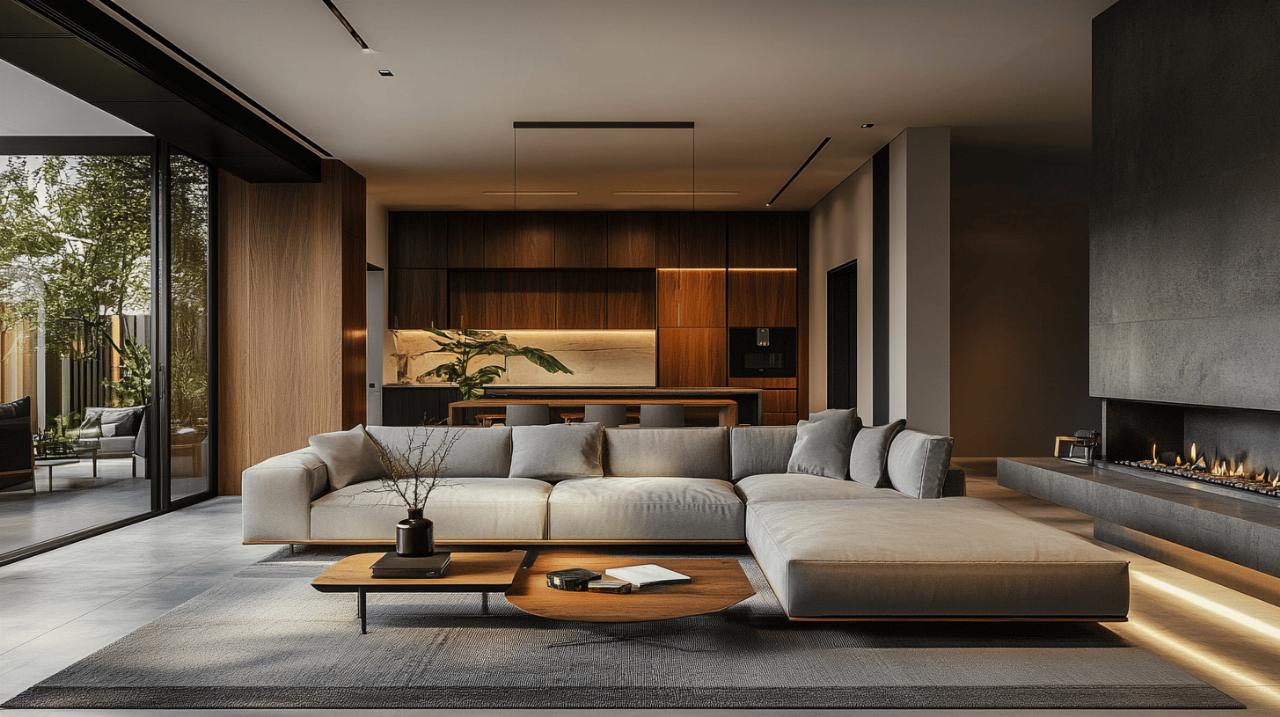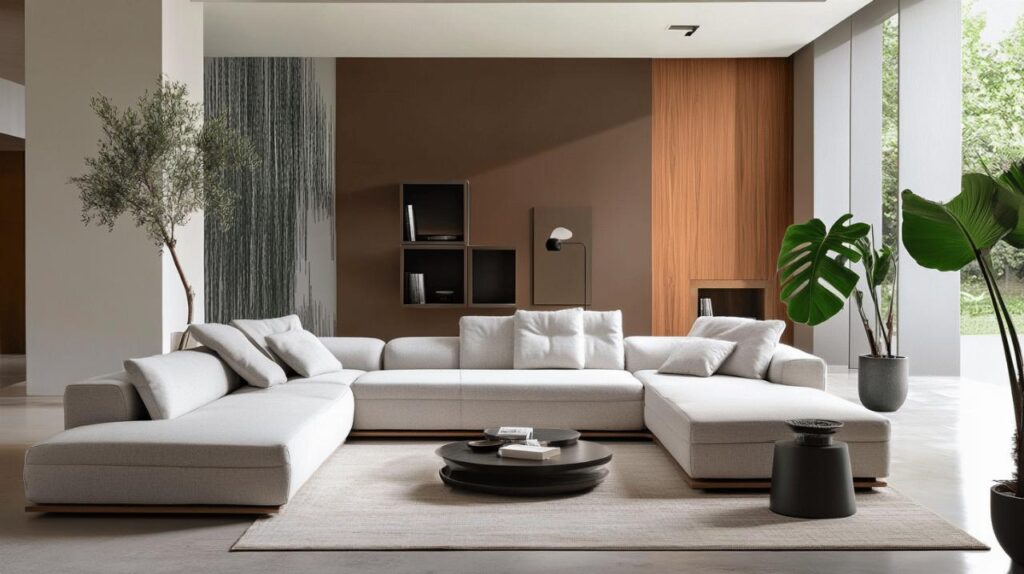Transforming your living space has become more than just a matter of aesthetics—it's about creating functional, sustainable environments that enhance our daily lives. As we navigate through 2025, home improvement trends are increasingly focused on maximising space, integrating technology, and embracing sustainability. Whether you're planning a complete renovation or looking for small upgrades, these innovative ideas can help you create a modern living space that's both beautiful and practical.
Space-maximising solutions for contemporary homes
Modern living often means making the most of limited space, particularly in urban areas. The experts at Residence La Pergola Stintino have noted that multi-purpose spaces have become essential in contemporary home design, allowing homeowners to adapt their environments to changing needs throughout the day. This approach to home improvement is not just practical but can significantly increase property value when done thoughtfully.
Multifunctional furniture and hidden storage options
One of the most impactful ways to maximise space in modern homes is through clever furniture choices. Multifunctional pieces such as sofa beds, extendable dining tables, and ottoman storage units serve dual purposes without compromising on style. Hidden storage solutions have become increasingly sophisticated, with innovations like stairs with built-in drawers, floor-to-ceiling cabinetry that blends into walls, and beds with hydraulic lifting mechanisms for under-mattress storage.
These solutions are particularly valuable for smaller properties or those seeking to maintain a minimalist aesthetic. Rather than cluttering spaces with numerous single-purpose items, homeowners are investing in quality pieces that adapt to various needs. For example, a kitchen island that extends to accommodate dinner guests or wall-mounted desks that fold away when not in use can transform how a room functions throughout the day.
Smart room dividers and flexible living arrangements
The shift away from rigid, compartmentalised floor plans continues to gain momentum in 2025. Open-plan living remains popular, but many homeowners now seek ways to create definition within these spaces without losing the sense of openness. Smart room dividers offer the perfect solution, allowing spaces to be reconfigured as needed.
Sliding panels, decorative screens, and bookcase partitions can create intimate zones within larger areas while maintaining the flow of natural light. These flexible boundaries are particularly useful for creating home office spaces that can be closed off during work hours and opened up when entertaining. Some innovative homeowners are even installing ceiling tracks for fabric dividers or lightweight panels that can be completely removed and stored when not needed, offering ultimate flexibility for living arrangements.
Technology integration for enhanced living experiences
Technology has transformed how we interact with our homes, making them more responsive to our needs and more efficient in their use of resources. The integration of smart systems is no longer considered a luxury but a practical upgrade that can improve comfort, convenience, and even property value.
Automation Systems for Comfort and Convenience
Smart home technology has evolved significantly, moving beyond novelty gadgets to comprehensive systems that genuinely enhance daily living. Voice-controlled devices working with platforms like Alexa, Google Assistant, and Apple HomeKit now seamlessly integrate with everything from lighting and climate control to entertainment systems and appliances.
Advanced automation allows homeowners to create personalised scenarios that activate with simple commands or automatically trigger based on time of day, weather conditions, or occupancy. Imagine walking into your home to find the perfect lighting, temperature, and even background music already set according to your preferences. Security systems have also become more sophisticated, with smart locks, doorbell cameras, and integrated monitoring providing peace of mind whether you're at home or away.
Energy-efficient upgrades for sustainable modern homes
Sustainability stands at the forefront of home improvement trends in 2025, with energy efficiency being both environmentally responsible and economically advantageous. Homeowners are increasingly investing in upgrades that reduce energy consumption and lower utility bills while enhancing comfort and adding value to their properties.
Double glazing and improved insulation represent fundamental improvements that significantly reduce heat loss and noise pollution. More ambitious renovations might include the installation of solar panels, which can now be integrated into roofing materials or designed as aesthetic features rather than obvious additions. Smart thermostats and energy monitoring systems allow precise control over heating and cooling, optimising usage patterns to minimise waste.
Water conservation has also become a priority, with rainwater harvesting systems and water-efficient fixtures gaining popularity. These sustainable choices reflect a growing awareness of environmental impact and a desire to create homes that are both comfortable and responsible. The use of eco-friendly materials like bamboo, recycled glass, and reclaimed wood further supports this shift toward sustainability in modern home design.
Biophilic design elements that connect indoor spaces with nature are increasingly popular, with features like living green walls, large windows that maximise natural light, and materials with natural textures creating healthier, more inspiring environments. This approach not only improves wellbeing but also often contributes to better energy efficiency through thoughtful planning of natural light and ventilation.
As we continue through 2025, these innovative home improvement ideas demonstrate how modern living spaces can be both practical and inspirational. By embracing space-maximising solutions and integrating technology thoughtfully, homeowners can create environments that adapt to their needs while supporting sustainability goals. Whether undertaking major renovations or implementing smaller upgrades, these approaches can transform how we experience our homes in the contemporary world.

